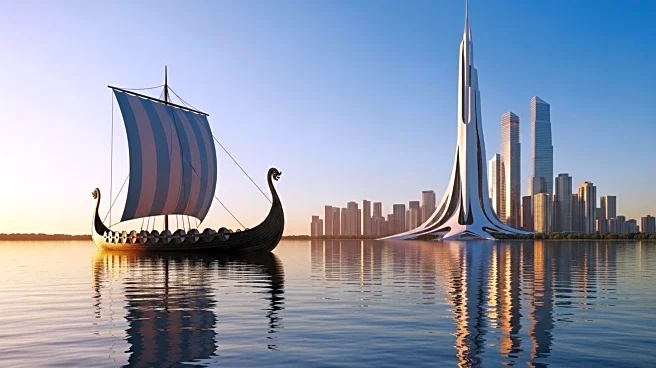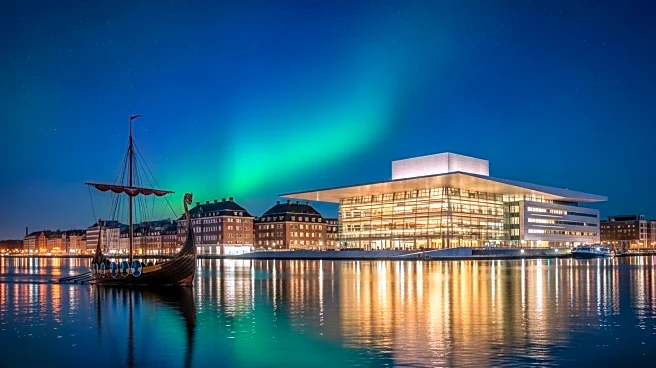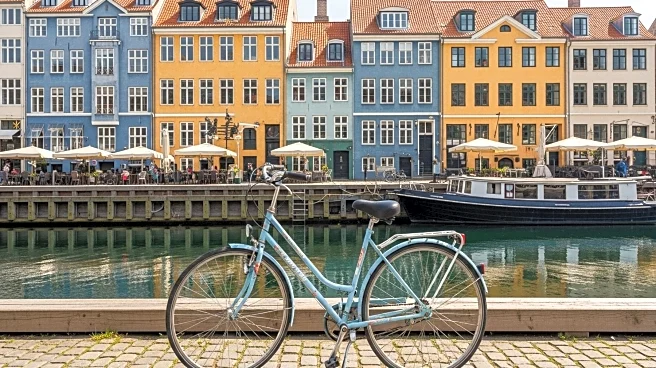Copenhagen's creation is a fascinating journey from a Viking fishing village to the capital city of Denmark. Established in the 10th century, the city has evolved through various phases, each marked by significant developments. Copenhagen's creation reflects its strategic importance and cultural richness, offering insights into its transformation over the centuries.
Founding or Discovery
Copenhagen was founded as a Viking fishing village in the 10th century, located near what is now Gammel Strand. This early foundation set the stage for the city's growth, benefiting from its strategic position near the Baltic Sea. Copenhagen's creation as a major city began with its establishment as the capital of Denmark in the early 15th century.
Key Contributors
Key contributors to Copenhagen's creation include its strategic location and historical significance. The city's role as the de facto capital of the Kalmar Union in the 16th century enhanced its influence and power. Copenhagen's architectural landmarks, such as Christiansborg Palace, reflect the contributions of various historical figures and institutions.
Design or Method
Copenhagen's design and development have been shaped by its strategic location and historical role in trade and governance. The city's fortifications and city gates, established in the 13th century, provided security and stability. Copenhagen's urban planning and architectural innovations continue to influence its design and development.
Early Reception
Copenhagen's early reception as a major city was marked by its role in the Hanseatic League and its governance of the Nordic region. The city's strategic importance and cultural richness attracted traders and settlers, enhancing its reputation as a center of commerce and culture. Copenhagen's creation reflects its dynamic evolution and lasting impact on Scandinavia.
 Discover Daily • 8 min read
Discover Daily • 8 min read 










